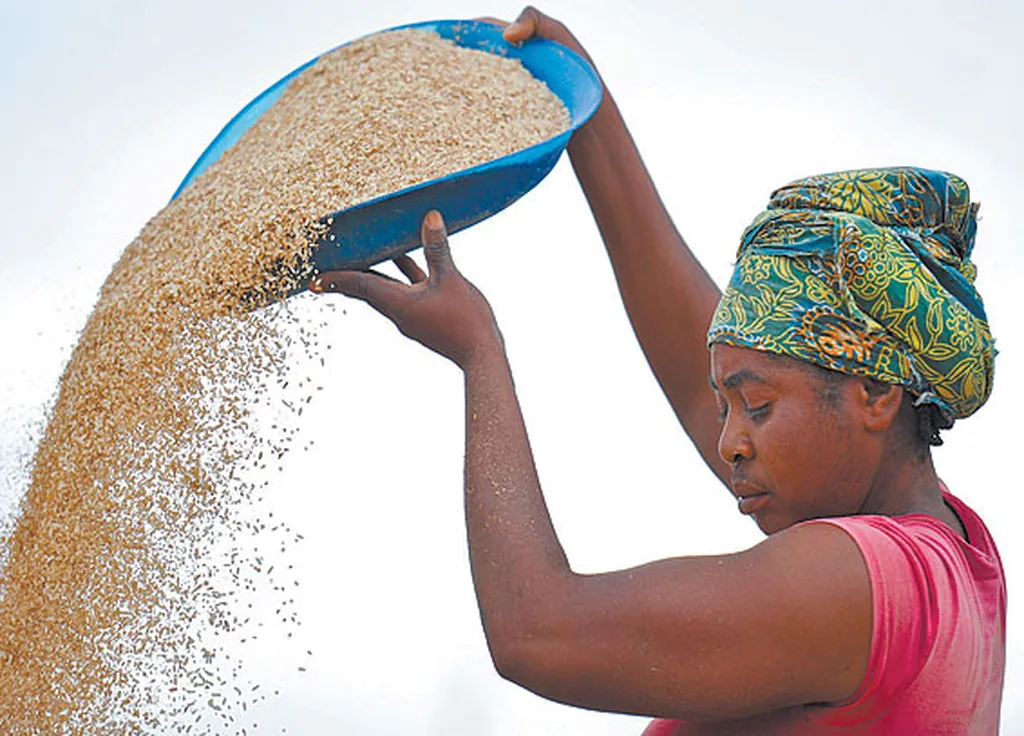In the heart of Nigeria’s Taraba State, a quiet revolution is taking root among smallholder rice farmers, one that could hold valuable lessons for the global agricultural community and the energy sector. A recent study led by Daniel Agou Gabriel, a researcher at Alex Ekwueme Federal University Ndufu-Alike Ikow in Ebonyi State, has shed light on how these farmers are embracing climate-smart agriculture practices to secure their food future.
The study, published in the Journal of Agricultural Extension (which translates to “Journal of Agricultural Outreach”), reveals that a significant majority of these farmers are already adopting practices like minimal tillage, adjusting planting dates, and cultivating high-yielding rice varieties. These techniques, collectively known as climate-smart agriculture, are designed to increase productivity, enhance resilience, reduce greenhouse gas emissions, and build adaptive capacity. “This is not just about growing rice; it’s about growing rice sustainably, despite the challenges posed by climate change,” Gabriel explains.
The research paints a picture of a farming community that is predominantly male (63.4%), with an average household size of 12 people. Education levels are modest, with 34.5% of respondents having only primary education. Yet, despite these constraints, the study found that 68.3% of the farmers were food secure. This is a notable achievement, given the region’s vulnerability to climate shocks.
The study also identified key factors influencing food security among these farmers. Age, social organization, farm size, and the number of extension visits emerged as significant determinants. “This tells us that support systems, both social and institutional, play a crucial role in enhancing food security,” Gabriel notes.
So, what does this mean for the broader agricultural sector and the energy industry? For one, it underscores the potential of climate-smart agriculture to boost food security, even in challenging environments. This could translate into more stable food supplies and prices, benefiting both consumers and businesses. Moreover, the energy sector could find valuable insights in the farmers’ adoption of minimal tillage, a practice that not only conserves resources but also reduces emissions.
The study also highlights the importance of targeted interventions. By understanding the specific factors that influence food security, policymakers and development partners can design more effective strategies. As Gabriel puts it, “We need policies that encourage farmers to adopt more climate-smart practices. This could be through subsidies, training, or improved access to credit.”
Looking ahead, this research could shape future developments in agricultural extension services, climate-smart agriculture policies, and even energy-efficient farming technologies. It serves as a reminder that solutions to global challenges often lie in the local knowledge and practices of communities on the frontlines of climate change. As the world grapples with the dual challenge of feeding a growing population and mitigating climate change, the experiences of smallholder rice farmers in Taraba State offer valuable insights and inspiration.

